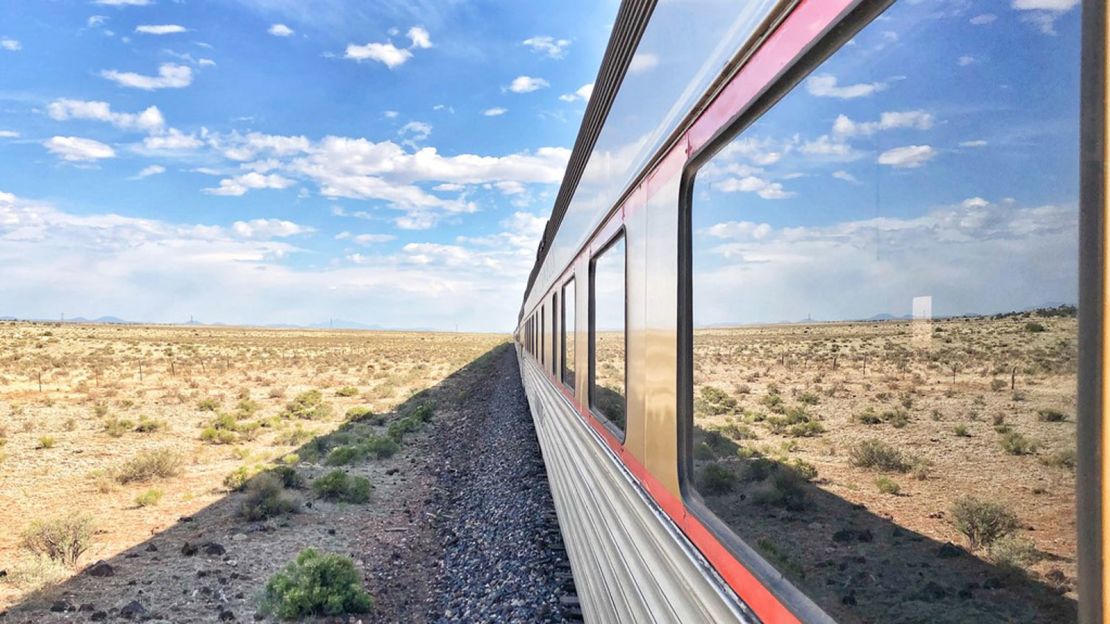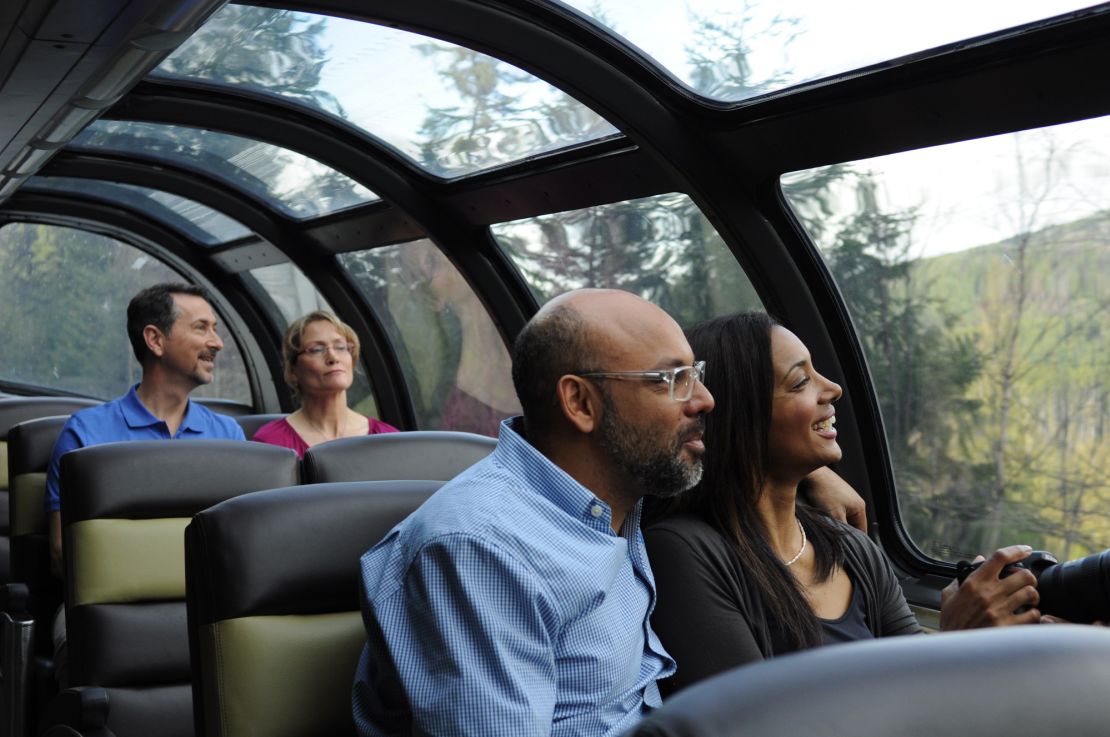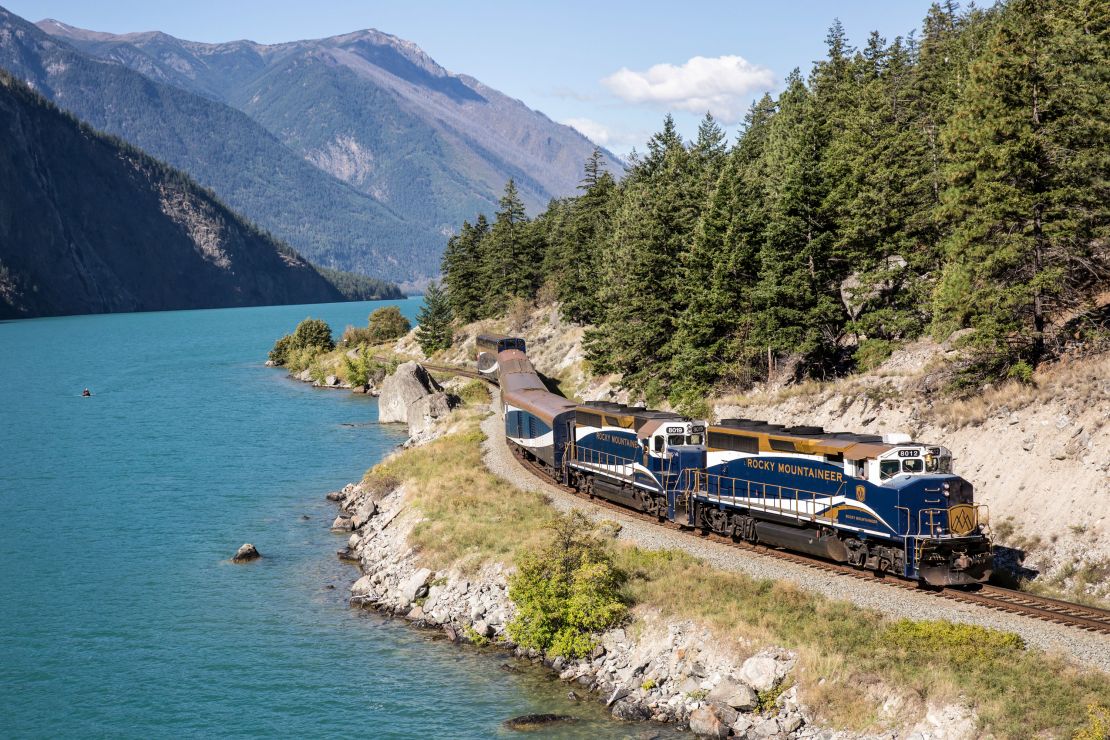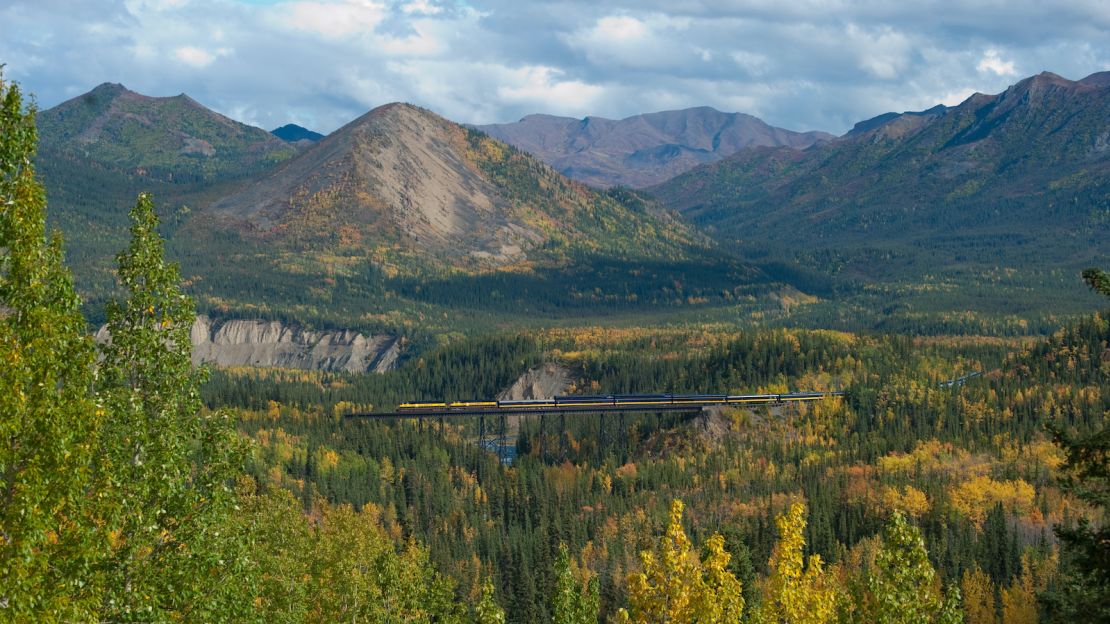Across the monumental canvas of North America, the train journey remains one of the last great forms of slow travel, offering an intimate perspective on landscapes inaccessible by road. CNN’s selection of the continent’s greatest rail journeys highlights a fascinating duality: the enduring romance of Amtrak’s sprawling transcontinental routes, and the ultra-luxury, daylight-only spectacles pioneered by the Rocky Mountaineer. From the frozen reaches of the Alaskan wilderness and the high-desert majesty of the US Southwest to the impenetrable heart of the Canadian Rockies and the breathtaking engineering feat of Mexico’s Copper Canyon, these rail lines are not merely a mode of transport. They are rolling five-star hotels and glass-domed observation cars designed to immerse the passenger in the epic scale of the continent. They invite travelers to trade the anxiety of modern speed for the rhythmic, expansive poetry of the rails, proving that the journey itself is the ultimate destination.
The Transcontinental Titans: Epic Journeys of the USA
The backbone of American rail travel is anchored by two colossal Amtrak routes, each a sprawling odyssey that takes passengers from the shores of Lake Michigan to the Pacific coast. The California Zephyr, often cited as the ultimate cross-country train experience, spans over 2,400 miles between Chicago and San Francisco (Emeryville), a nearly 52-hour transit that is a lesson in continental diversity.

The journey is best known for its staggering passage through the American West. After crossing the endless fields of the Midwest, the train ascends into the mighty Rocky Mountains of Colorado, navigating dramatic gorges like the Gore Canyon and clinging to the edges of the Continental Divide. From there, it plunges into the arid, ochre-hued deserts of Utah before tackling the formidable Sierra Nevada range and finally gliding into the lush, temperate valleys of California. It is a route that demands the booking of a private roomette or bedroom—complete with flexible dining and dedicated service—to fully appreciate the sunrise over the vast Nebraska plains and the sunset over the snow-capped peaks.
Similarly grand is the Empire Builder, which connects Chicago with the Pacific Northwest (Seattle or Portland). This 46-hour route follows much of the historical path of the famed Lewis and Clark expedition. Its defining feature is its breathtaking passage through Glacier National Park in Montana, where the train line skirts the southern edge of the protected wilderness, offering passengers unforgettable views of its high peaks, deep lakes, and remnant glaciers. Equipped with panoramic Sightseer Lounge cars, passengers are encouraged to scan the rugged terrain for wildlife, from elk and moose to bald eagles, before the train descends through the dramatic, forested cliffs of the Columbia River Gorge en route to the Pacific.
Gold Leaf and Glass Domes: The Luxury Daylight Experience
The epitome of luxury rail travel in North America is embodied by the Rocky Mountaineer, a private, bespoke experience that operates exclusively during daylight hours, ensuring passengers never miss a scenic moment. The service is characterized by its opulent GoldLeaf Class, featuring bi-level dome cars with dedicated dining rooms and gourmet service.
The original and most famous itinerary is the multi-day journey through the Canadian Rockies, linking Vancouver with destinations like Banff and Jasper. This route, which includes an overnight stay in a hotel rather than on the train, is celebrated for its traversal of the most challenging and historically significant rail segments in North America, including the spiraling Spiral Tunnels and the sheer face of Castle Mountain. The scale of the Canadian Rockies—with peaks like Mount Robson towering over the tracks—provides a dramatic, cinematic backdrop to the high-end dining and impeccable service.

More recently, the company expanded its signature experience into the United States with the “Rockies to the Red Rocks” route, traversing the space between Denver, Colorado, and Moab, Utah. This spectacular two-day journey swaps the evergreen forests of the Canadian side for the vibrant, arid landscapes of the Southwest. Passengers are treated to views of stunning red rock canyons, including the Ruby Canyon, Mount Garfield, and the winding path of the Colorado River, all observed through the train’s signature oversized windows and panoramic glass domes.
Coastal Wonders and Southern Charm
While the transcontinental routes dominate the rail landscape, other journeys distinguish themselves through their unique geographical focus or profound cultural connection. The Coast Starlight, running daily between Los Angeles and Seattle, is often dubbed Amtrak’s “superstar route” for its combination of urban access and stunning natural beauty.

For much of its journey along the California coast, the train runs directly atop high cliffs, affording spectacular views of the Pacific Ocean, often dotted with surfers and sailboats. As the train heads north, the scenery dramatically shifts, moving inland through the giant Redwood forests of Northern California and the snow-capped, volcanic peaks of the Cascade Range in Oregon and Washington. Its amenities, particularly the Sightseer Lounge and the traditional dining car, foster a social atmosphere that reflects the relaxed, diverse culture of the West Coast.
In contrast to the Coast Starlight’s natural focus, the City of New Orleans route, running between Chicago and the Crescent City, is a journey defined by American music and cultural history. The train follows the path of the original Illinois Central Railroad, immortalized in song. It serves as a pilgrimage for those tracing the history of the blues, rock ‘n’ roll, and jazz, with essential stops in towns like Memphis, Tennessee. Traveling through the deep South—gliding past cypress swamps teeming with wildlife and crossing the vast, fertile Mississippi Delta—the journey culminates in the vibrant, historical heart of New Orleans, offering a powerful narrative arc from the industrial Midwest to the cultural depths of the Bayou.
Frontier Extremes: Alaska and Copper Canyon
The final set of essential North American rail journeys takes travelers far to the geographical extremes, offering perspectives on landscapes defined by their remoteness and scale. The Alaska Railroad’s flagship route, the Denali Star, connects Anchorage with Fairbanks, serving as the best way to access the vast wilderness of the Last Frontier.

Operating primarily during the summer season, the train offers unparalleled, direct views of Denali National Park, often allowing passengers to spot the towering 20,310-foot peak of Denali itself. The journey is marked by massive glaciers, winding rivers, and the potential to view moose, caribou, and bears from the safety and comfort of the train’s special domed cars. This is true expeditionary rail travel, where the environment is the dominant feature and the train is the essential key to accessing it.
Further south, offering a stark contrast in culture and geography, is Mexico’s El Chepe (officially the Ferrocarril Chihuahua al Pacífico). This historic route navigates one of the world’s greatest canyon systems, the Copper Canyon (Barrancas del Cobre), a network of canyons that is geographically larger and deeper than the Grand Canyon. The engineering required to build the line is legendary, featuring 86 tunnels and 37 bridges. The El Chepe journey, offering a premium First Class experience with panoramic windows, winds through the dramatic gorges of the Sierra Madre Occidental, providing a window into the remote terrain and the life of the indigenous Tarahumara people who inhabit the region.




